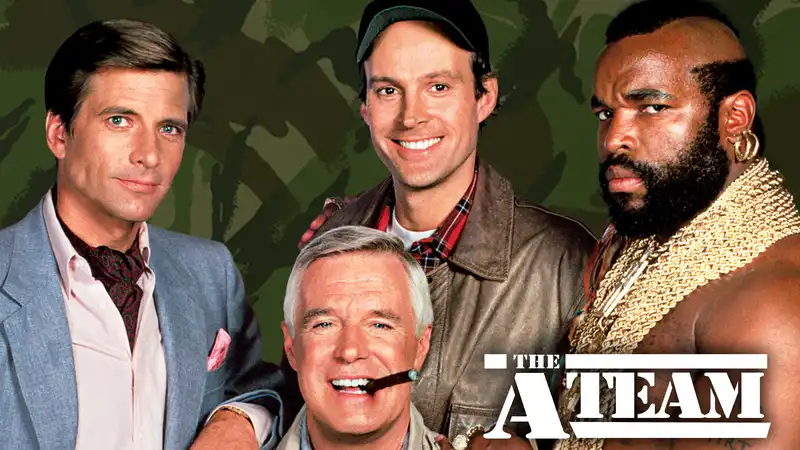Embracing the A-Team Approach in Professional Problem-Solving”
In the realm of business and creative endeavors, the concept of teamwork is often lauded as the cornerstone of success. Yet, the depth of what makes a team truly effective is sometimes lost amidst buzzwords and theoretical discussions. To truly grasp the essence of dynamic teamwork, let’s take a nostalgic journey back to the 1980s, to a television show that, perhaps unexpectedly, offers profound insights into building powerful, problem-solving teams: The A-Team.
The A-Team, a group of military ne’er-do-wells framed for a crime they didn’t commit, became iconic not just for their thrilling adventures but for the distinct roles each member played. B.A. Baracus, the muscle and mechanic; Faceman, the charming con artist; Murdoch, the brilliant but crazy (maybe?) pilot; and Hannibal, the strategic leader who “loves it when a plan comes together.” Each character brought a unique set of skills to the table, enabling the team to tackle challenges from multiple angles.
This diverse skill set is the crux of the A-Team’s success and serves as a compelling blueprint for professional teams today. Here’s why:
Complementary Strengths Lead to Comprehensive Solutions
In a modern professional context, the A-Team approach underscores the importance of assembling a team with a broad spectrum of talents and perspectives. Just as the A-Team combined their skills to devise innovative solutions, a diverse team can tackle complex problems more effectively than a group of individuals with similar expertise. This diversity fosters creative solutions and drives innovation.
Leverage Individual Strengths for Collective Success
Team-centric thinking shifts the focus from expecting each member to be a jack-of-all-trades to leveraging each individual’s strengths. This approach not only maximizes efficiency but also boosts morale. Members are more engaged and motivated when they can contribute in areas where they excel, rather than struggling to compensate for their weaknesses.
Mutual Growth and Skill Development
One of the unintended yet valuable outcomes of working in a diverse team, as demonstrated by the A-Team, is the opportunity for personal and professional growth. Exposure to colleagues with different skills and strengths can inspire team members to develop new competencies, ultimately enhancing the team’s overall capability.
Assembling Your A-Team
So, how do you go about creating your own A-Team? It starts with recognizing the unique value each potential member brings. Look for individuals who not only have the necessary technical skills but also those who display characteristics that can complement the existing team dynamic. Encourage a culture where each member’s contributions are valued, and where learning from one another is part of the daily workflow.
Remember, the goal is not to find a team where everyone thinks and works the same way. Instead, seek out diversity in thought, background, and approach. This diversity is your team’s greatest asset in navigating the complexities of today’s business landscape.
Wrapping Up
The lesson from the A-Team is clear: Embrace the power of diversity and teamwork to solve complex problems. As you assemble your team, consider not just the skills you need but also the dynamic between team members. With the right mix of people, any challenge can be met with creativity, innovation, and resilience.
Are you ready to find your A-Team? Think about what unique skills and perspectives you need to bring together to tackle your next big project. Remember, in the world of problem-solving, diversity is not just a buzzword—it’s your secret weapon.
If you’re on the journey to building your own A-Team and solving the unique challenges your business faces, let’s start the conversation. Connect with me to explore how we can leverage diverse strengths for collective success. #Teamwork #ProblemSolving #DiversityInAction

